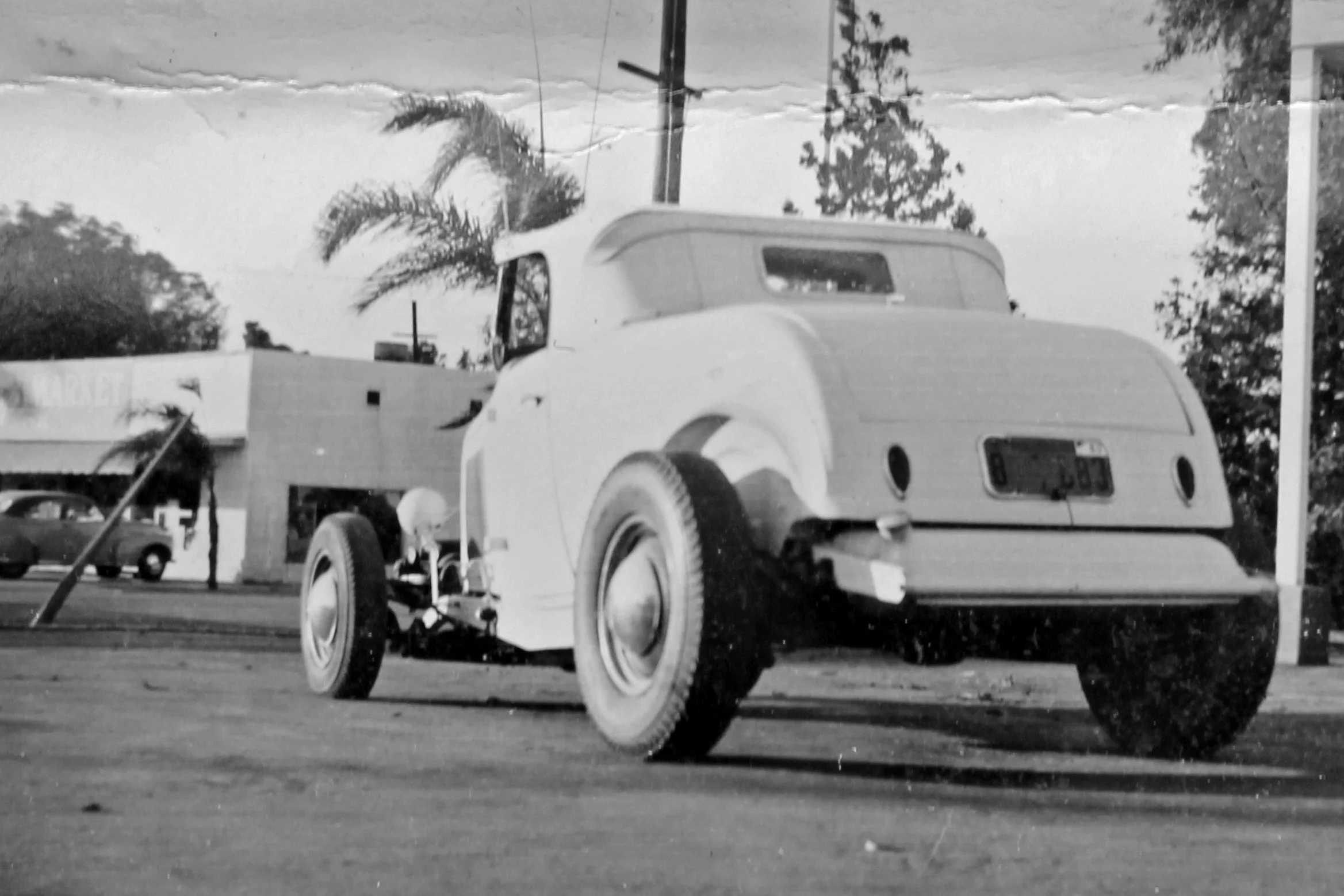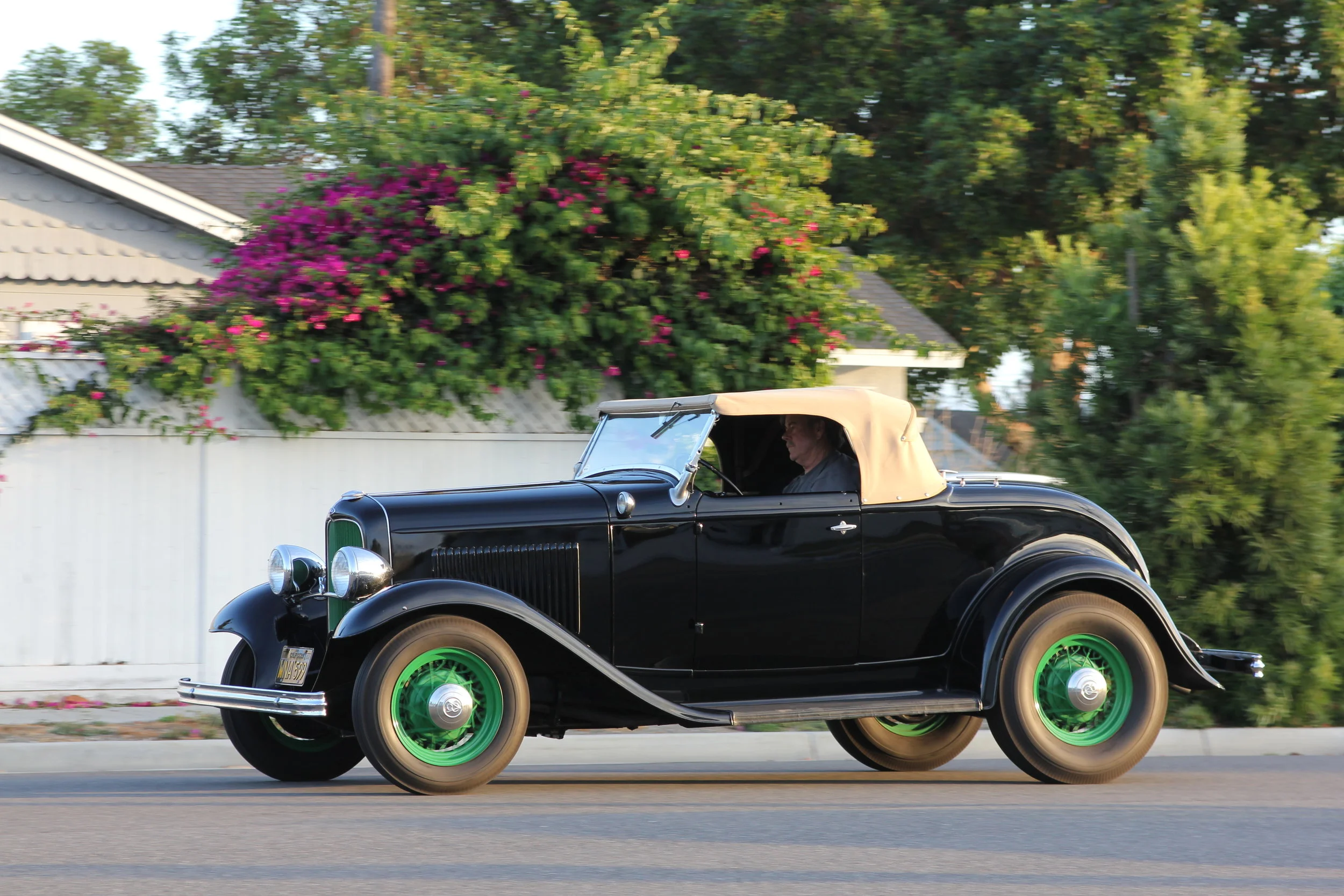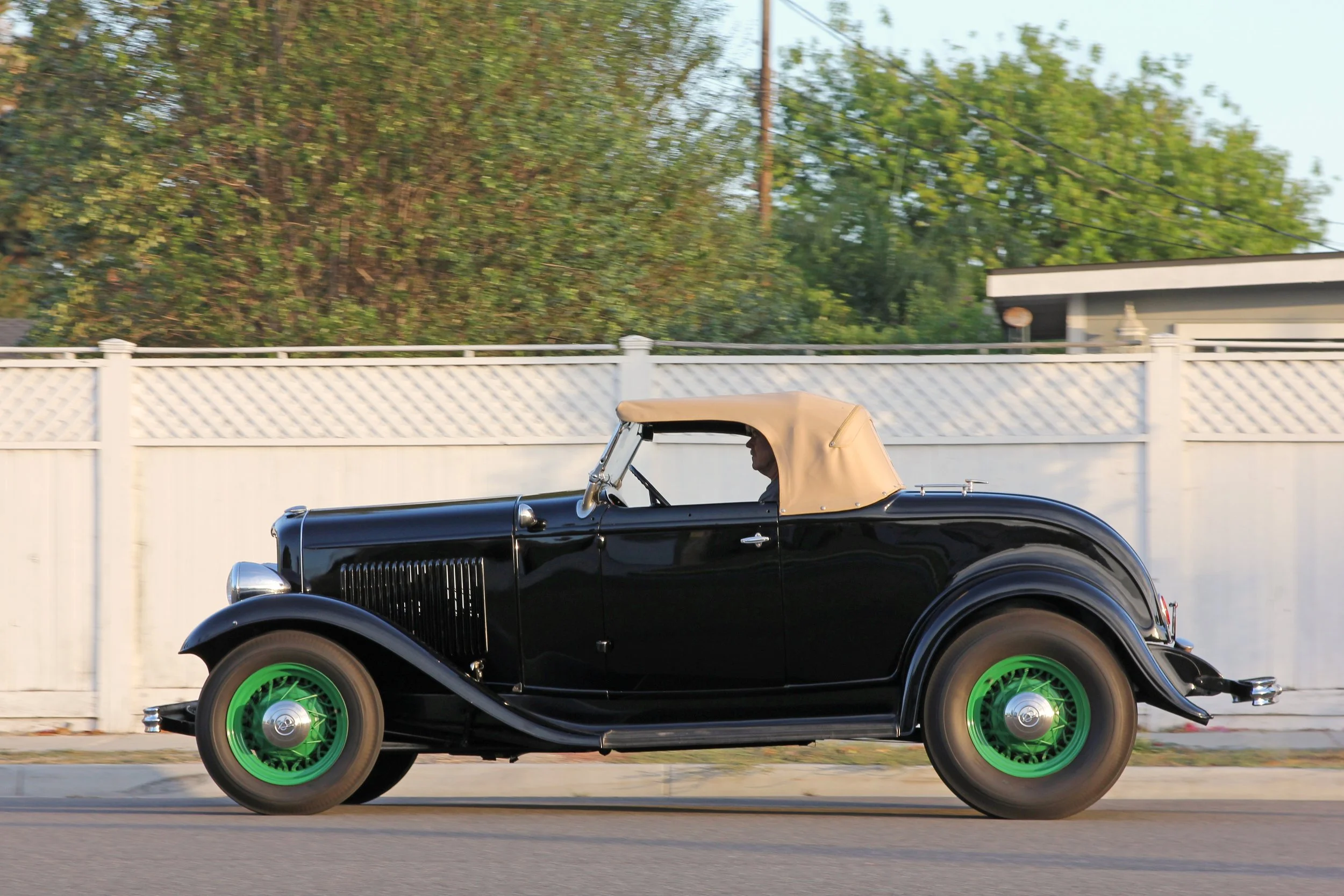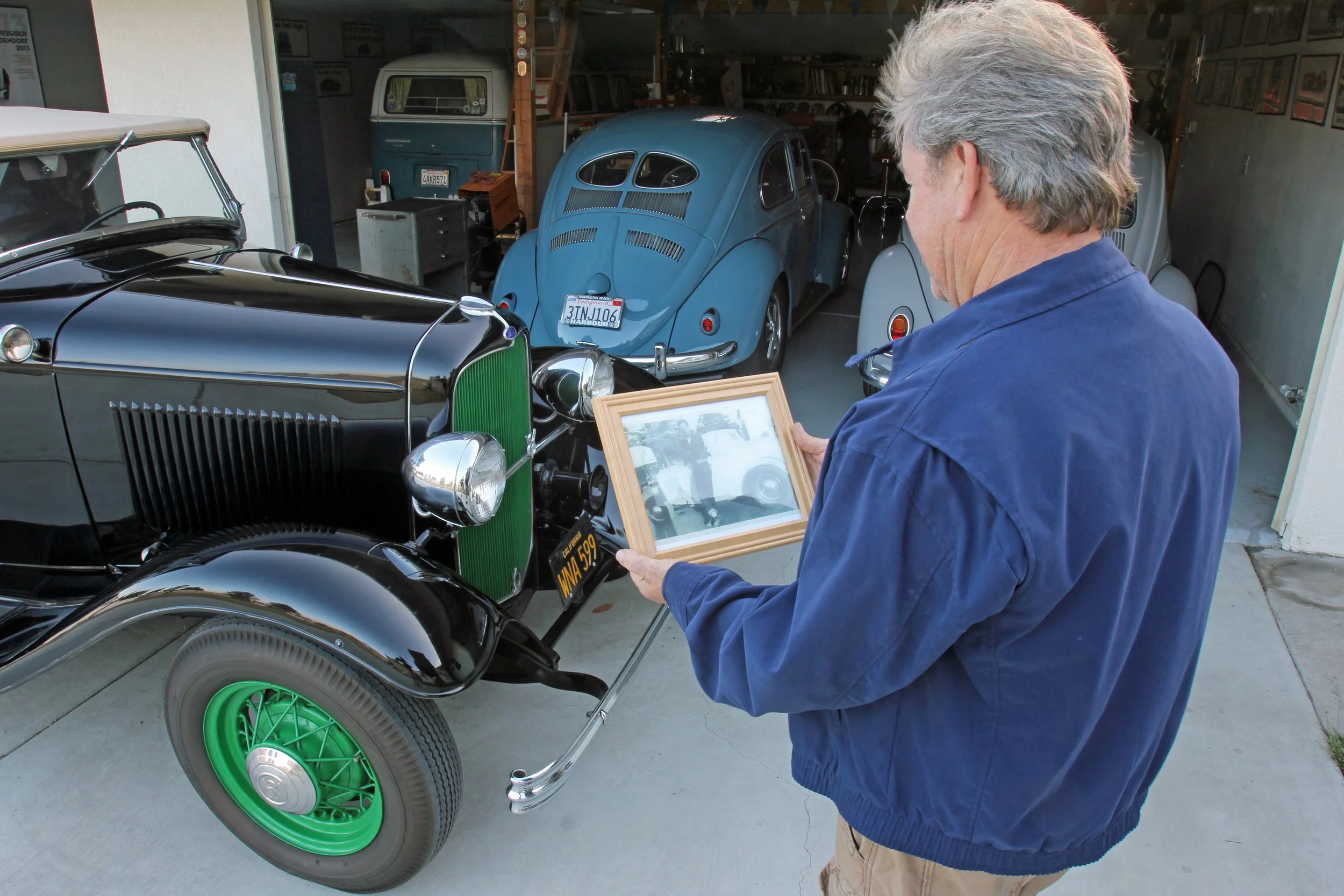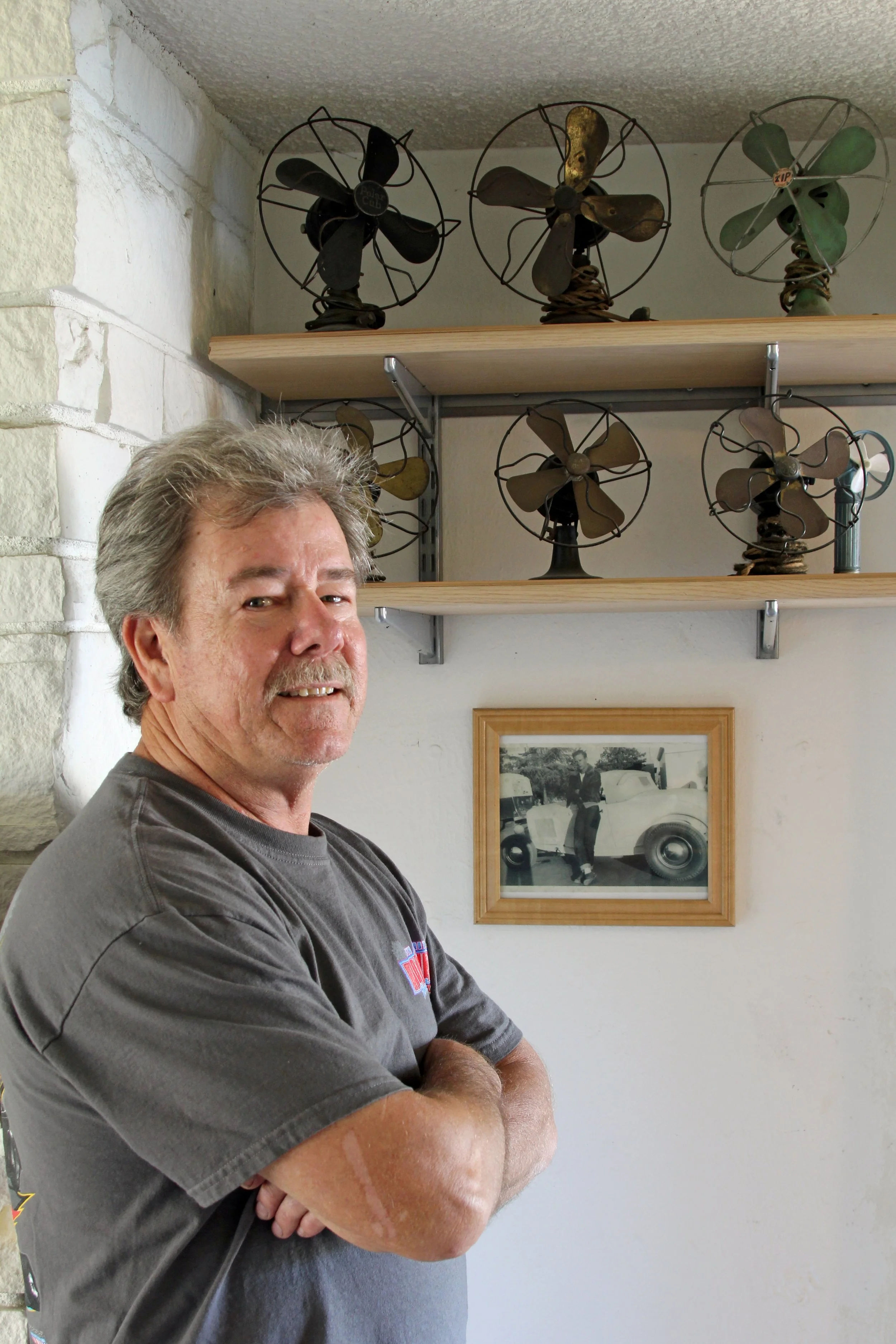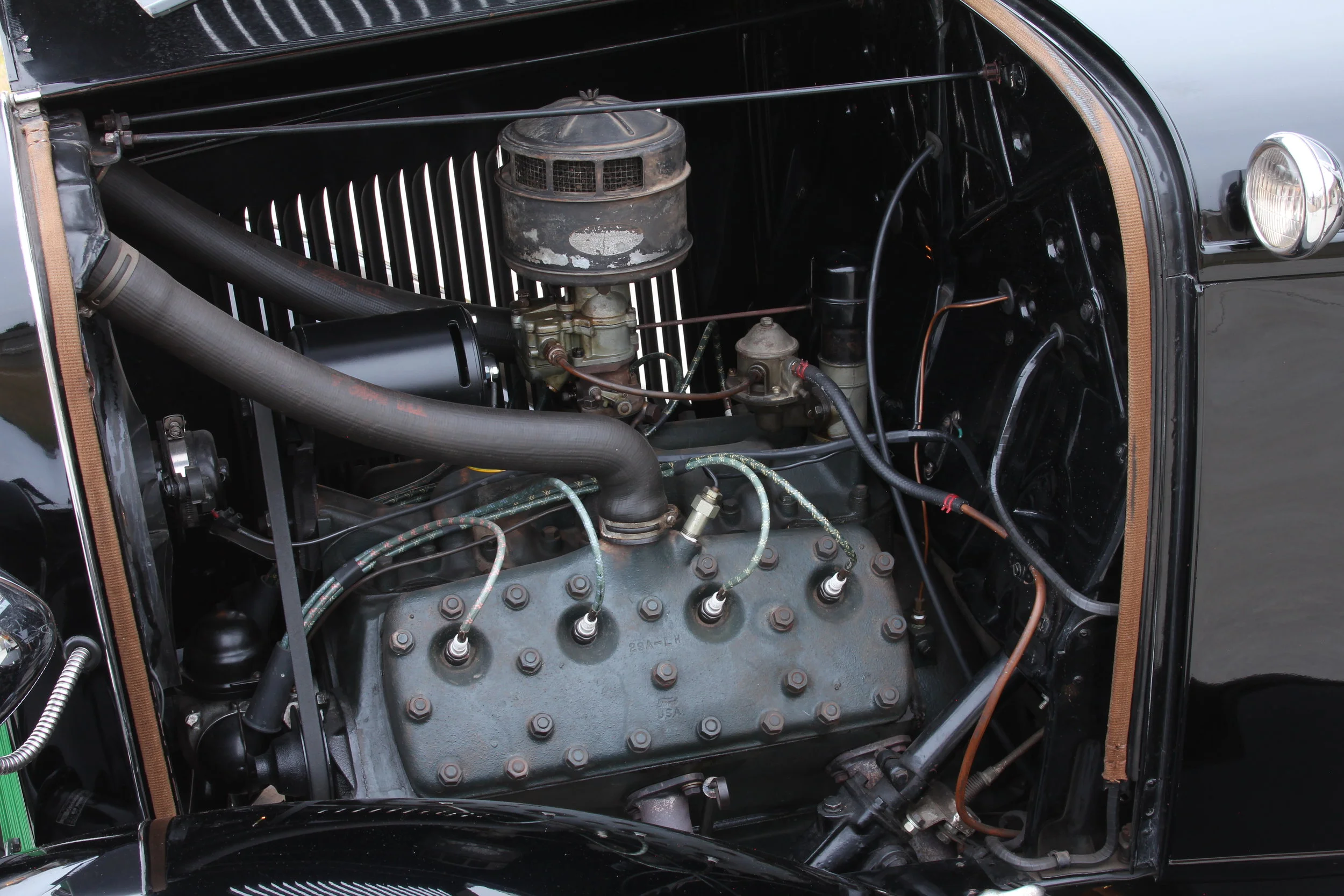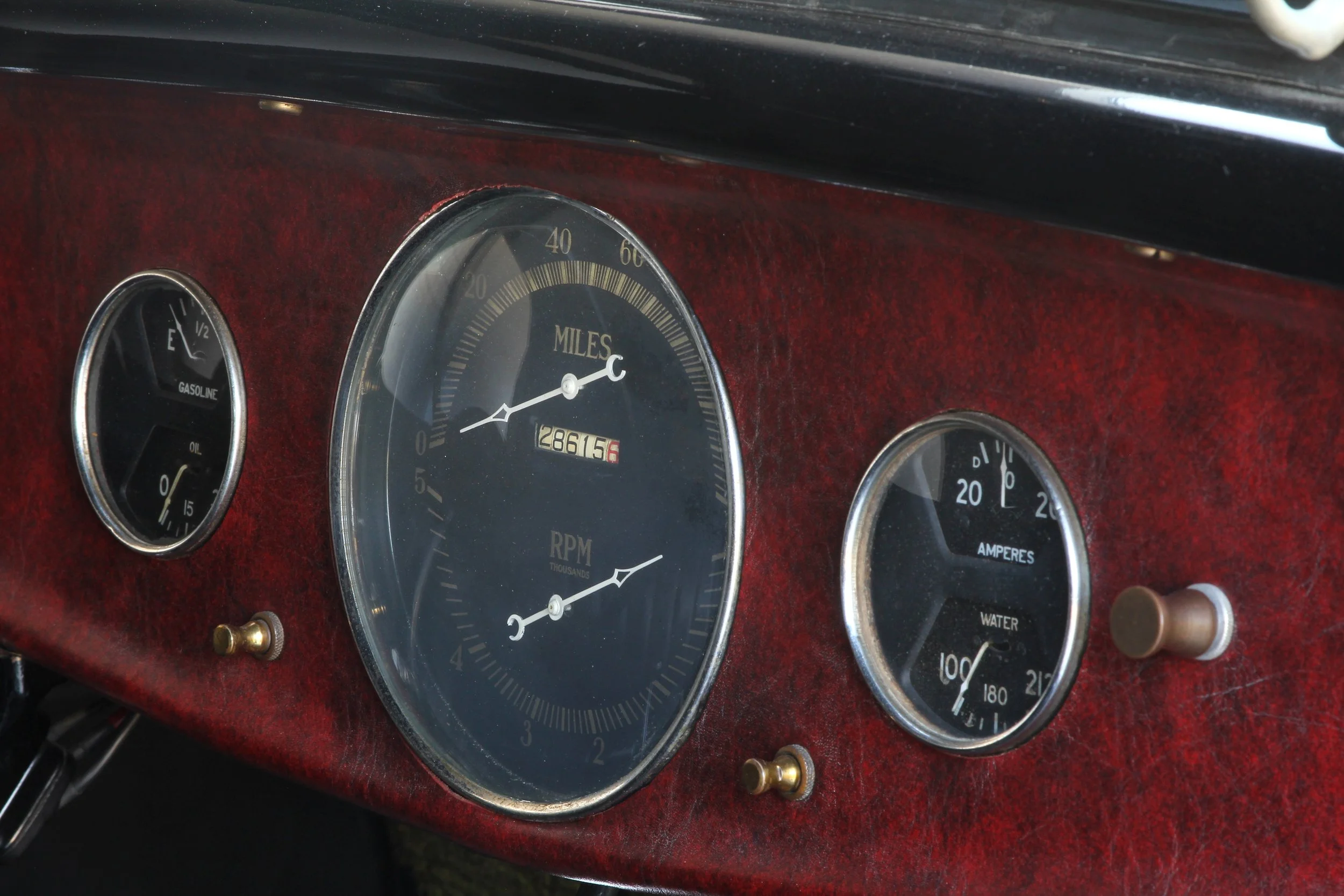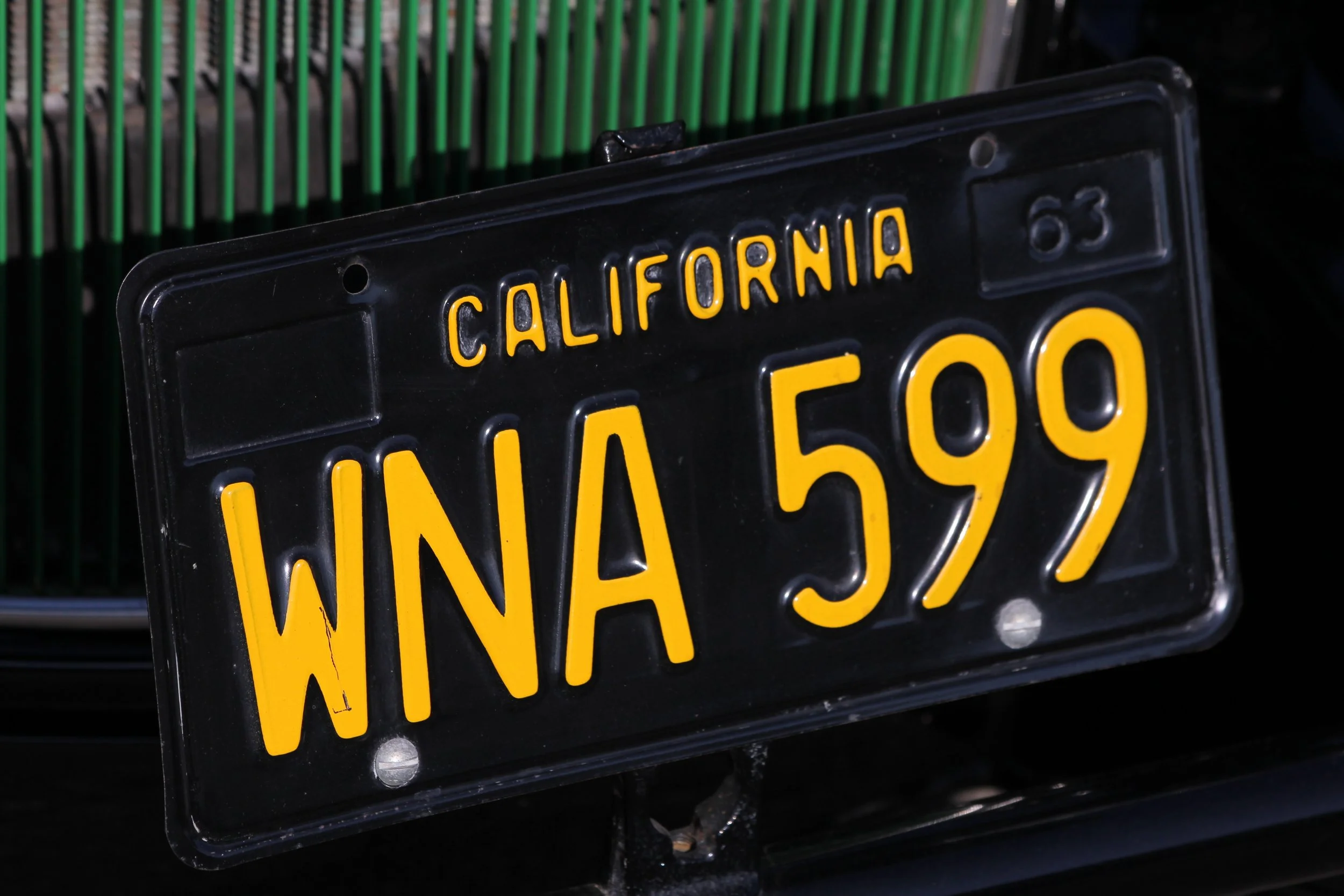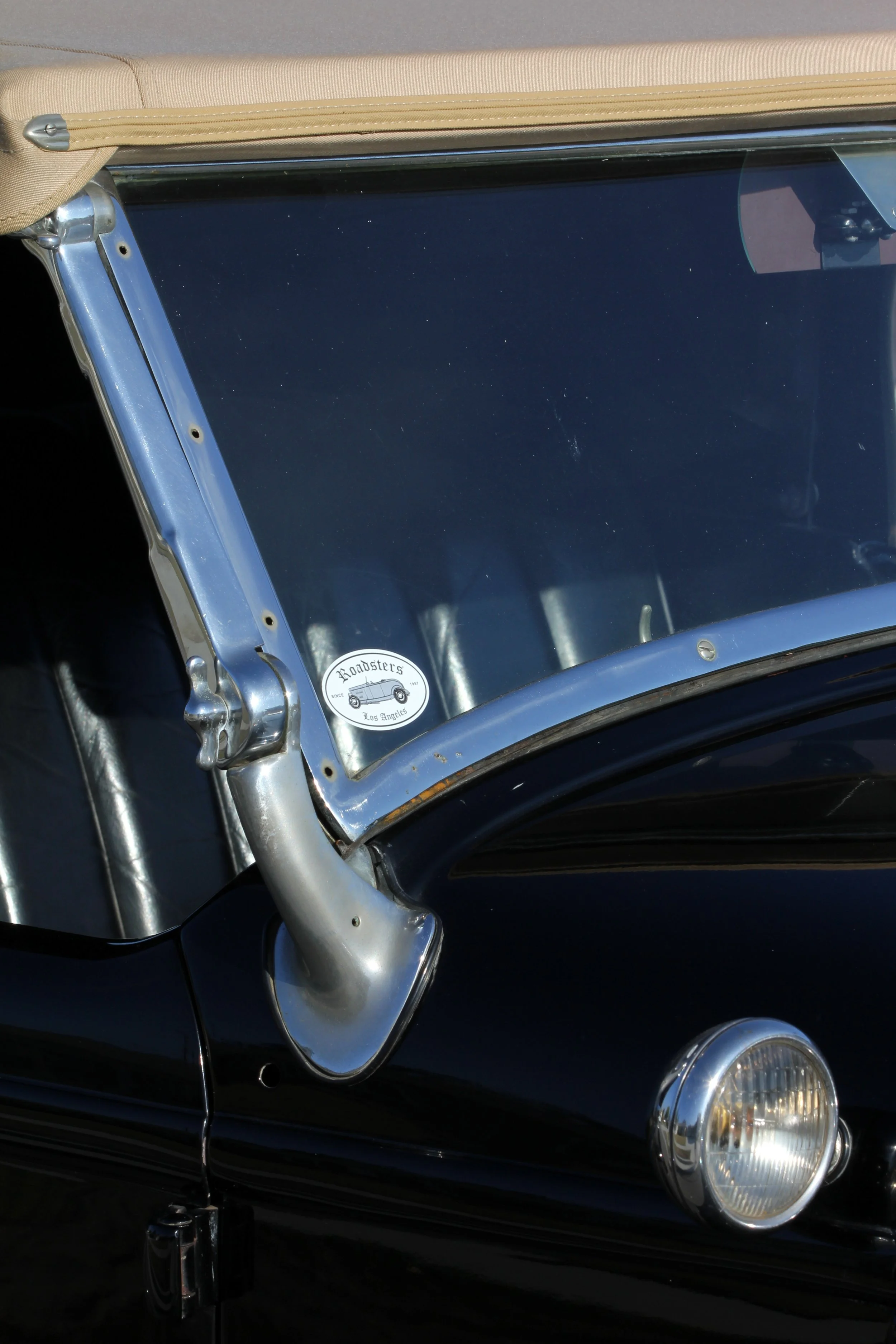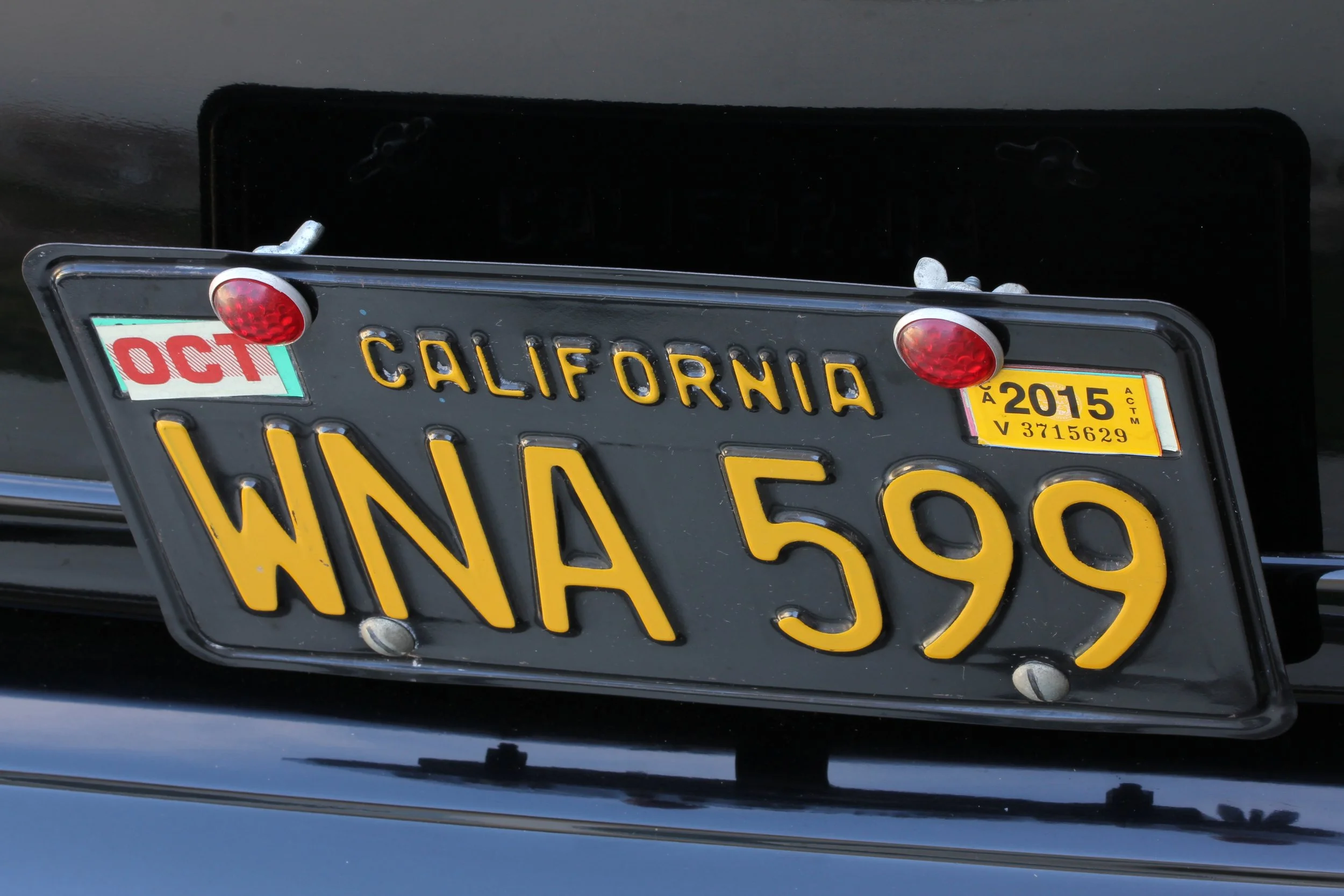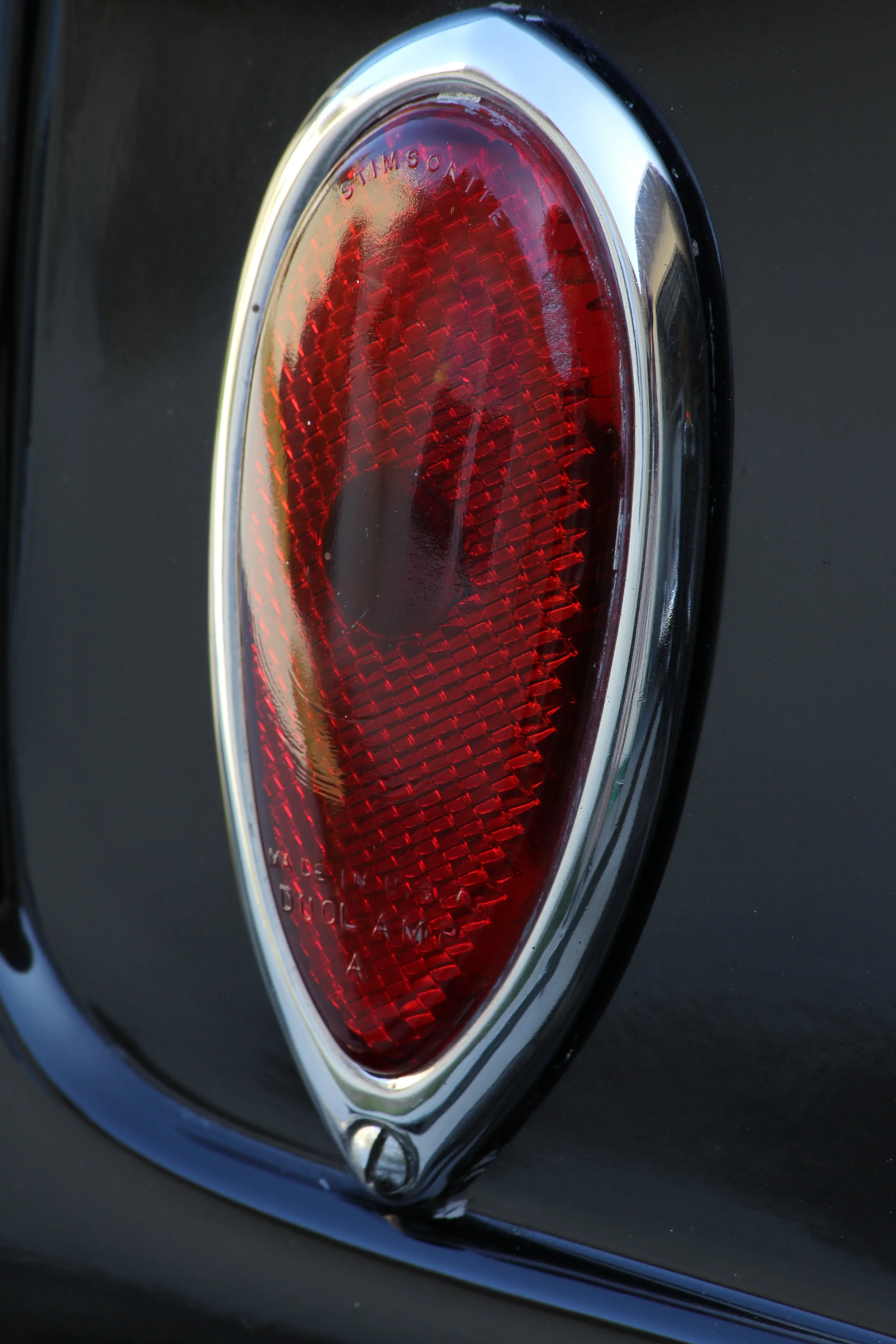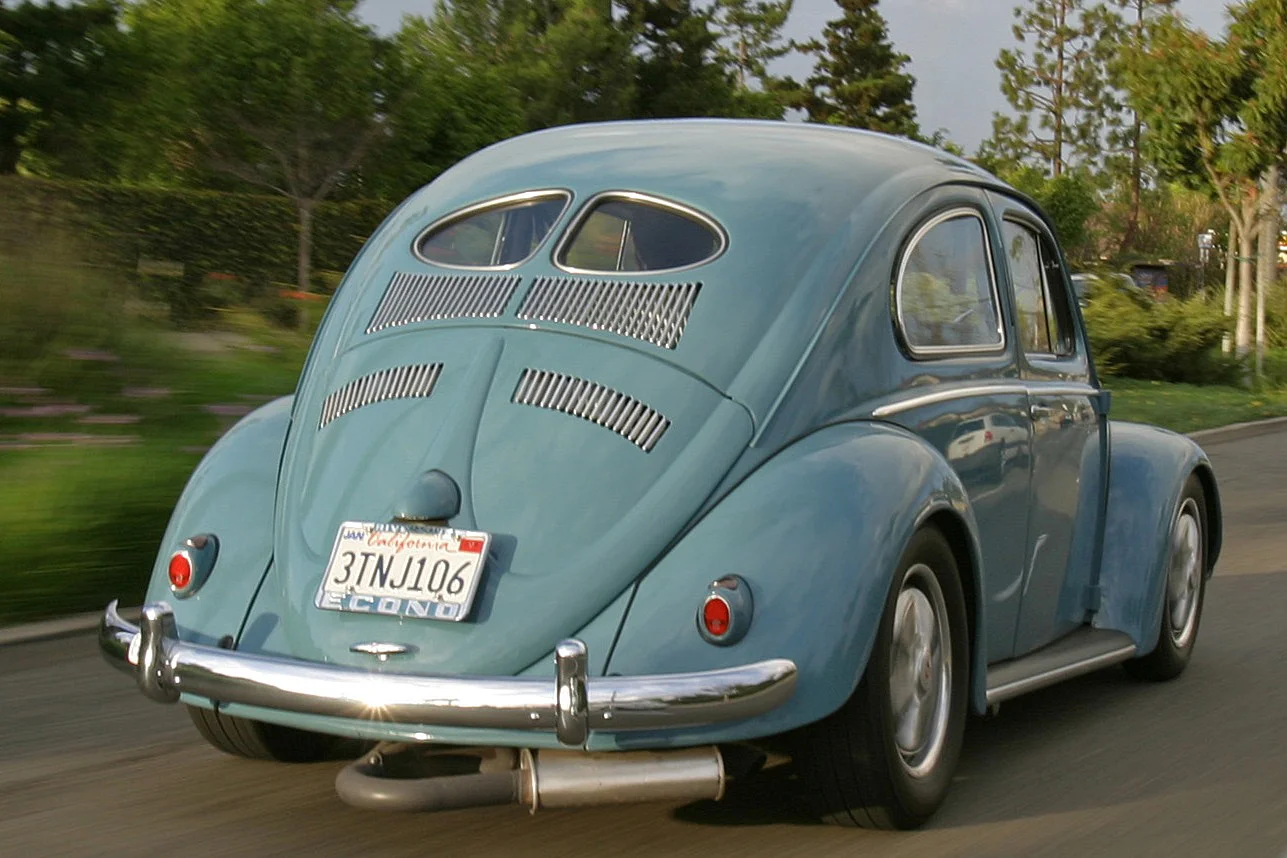Family Relic

STORY & PHOTOS Stephan Szantai
SPECIAL THANKS to Bill Freeman for supplying the vintage pictures
Hot rod survivors are out there if you know where to look. In fact, it seems amazing that old jalopies can still be found today, after sitting forlorn for eons in barns or dusty garages. Steve Beecher is one of those lucky sons of a gun, who scored such an historical piece, though its epic tale deviates from the often told “barn find story” you might anticipate. You see, Steve has been familiar with the vehicle since his childhood and knew of its somewhat convoluted whereabouts during the following decades. He had good reasons to keep track of that Ford roadster: it was his dad’s for years, as far back as the 1940s.
To find out more about the subtle-looking Deuce, Hop Up met Steve at his house, located in Southern California, just a few miles away from the Pacific Ocean. Cool place and, most importantly, cool 6-car garage. It offers enough space to house plenty of vintage tin, with a majority of Volkswagens, including a rare and stupidly-fast 1952 “Split Window” Beetle he purchased in ’74. Incidentally, Steve belongs to a historically significant hot rod VW club founded in 1965, Der Kleiner Panzers – “the little tanks” in a slightly broken German.
So after delving inside the premise, we sat down, dusted off our old-school tape recorder and grilled him with questions about the ’32. Here is what he had to say.
Hop Up: Tell us about the roadster’s beginning as a hot rod, back in the ‘40s…
Steve: A hot rodder called Bud Swing from Riverside made the conversion into a hiboy. He sold it to Joe Hopper, before changing ownership again just after World War II: It then belonged to one of my dad’s friends, Jim Plummer. At the time, the ’32 ran a Model B 4-cylinder, equipped with dual carbs, a Winfield cam and Red Head. Plummer sold it to my dad, Paul, in 1949.
HU: How did Jim and Paul know each other?
S: They both belonged to a SoCal hot rod club based in Riverside, the Night Owls. Dan Gurney was part of the group, too. All these guys were young; my dad was born in 1930, so he was still in high school when he bought the ’32. I have a few pictures of him and the car back then. In one of them, he wears the typical hot rod attire of the time: Cuffed Levis and bomber jacket – so cool.
HU: Did he keep the 4-cylinder engine?
S: Well, at some point in the ’40s, the roadster received a 21-stud flathead. Then my dad fitted a 24-stud V8 with Edelbrock heads and dual Stromberg carbs, on top of an Offenhauser manifold. Otherwise, the hot rod was pretty typical of the era: stock body, no fenders, chrome hubcaps... It also featured very basic headlight mounts. The Night Owls were quite active at the dry lakes, with both my father and Plummer sharing racing duties with the ’32. [Check out the El Mirage plaque on the dashboard – Ed.].
HU: Did your dad drive the Deuce often during the ’50s?
S: No. He joined the U.S. Coast Guards in the early ’50s; so he parked the car (which had fenders by then) at my grandmother’s house, where it stayed until 1963. I remember visiting her as a kid and he would take the family around the block in the roadster – that was pretty much the extent of his driving. We moved to a larger house in ’63, which allowed him to bring the ’32 back home. He kept it until 1971, when he sold it back to Jim Plummer!
HU: Did the roadster still look good by then?
S: I think it did, but Plummer decided to restore it in the mid-’80s. He made a few changes though, as he wanted the car to be closer to its factory appearance. It wasn’t a “100% stock” restoration by any means, as he used a ’39 Ford gearbox, ’40 Mercury brakes; plus a rear end, steering gear and wheel from a ’40 Ford. I kept all these components, along with the 16-inch Kelsey rims equipped with 5.50 and 7.00 Firestone bias-plies. Other hot rod details include ’39 Ford taillights and King Bee headlights. The current engine was installed in ’86; it has an interesting story, being a 1941 239ci Mercury flathead found in a wind machine! It’s almost all original, except for the headers bought by my dad in the ’50s.
HU: When did you become the owner of the roadster?
S: About 10 years ago. Jim Plummer passed away in ’96 and his daughter Jamie inherited the car. I’ve known Jamie since I was a kid and kept in touch with her, pestering her to sell it to me. She went through a divorce; so I finally got a call from her – she was ready to let the ‘32 go.
HU: Did the vehicle need some work done by then?
S: Actually, it was in great shape, starting with the high-quality paintjob; it still shines today, 30 years after being sprayed. But the car needed a bit of work: brakes, water pumps, a pair of long Glasspack mufflers, 12-volt conversion using an alternator hidden in a generator case… I added the rumble seat, too. A local upholsterer also made a new canvas for the top, as the car hadn’t had one in years. Besides that, the interior hasn’t changed in decades, including the two small Chevy multi-gauges and the larger one installed by Bud Swing in the mid-’40s in a leather-covered dash. That gauge possibly came from a Hudson according to my dad. I’m not sure when the leather upholstery has been redone; but it’s definitely old…
HU: What’s the next step with this project car?
S: I’m toying with the idea of building a hopped up flathead, in the spirit to what my dad ran in the ’40s. It’s not a priority, though. I’m totally happy – and honored – to be the caretaker of this family relic the way it is now.





